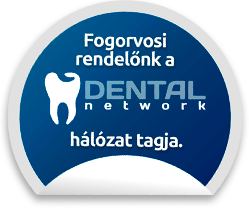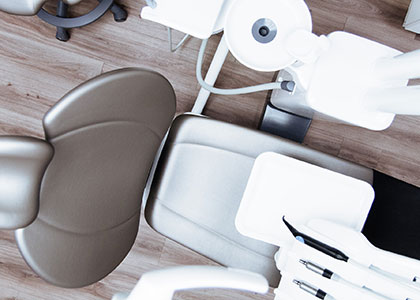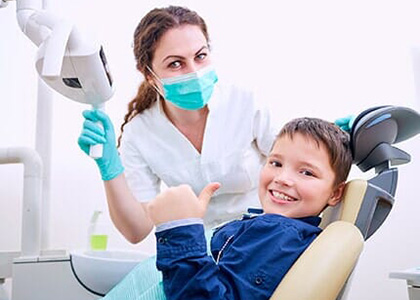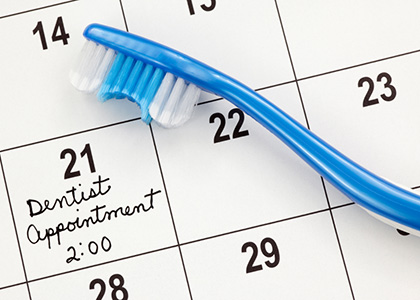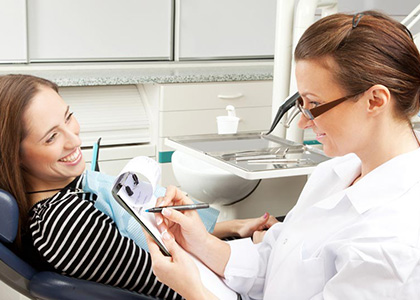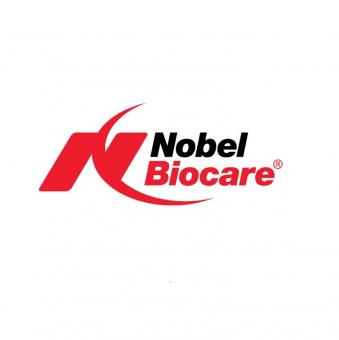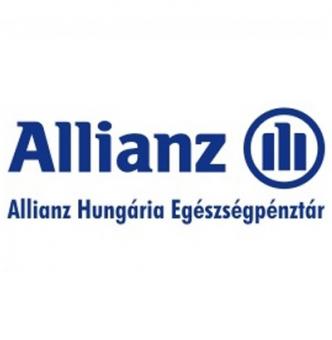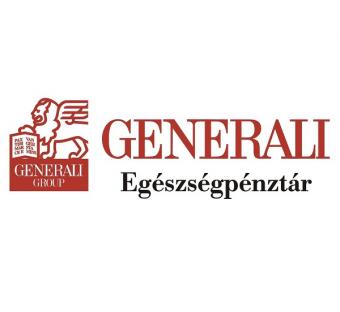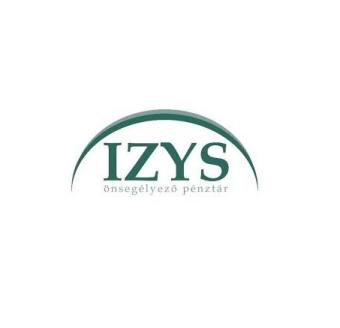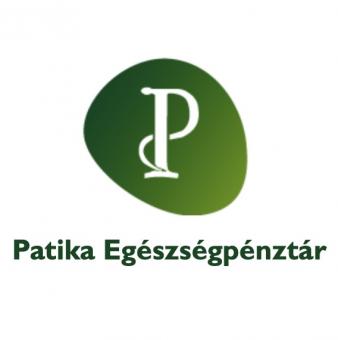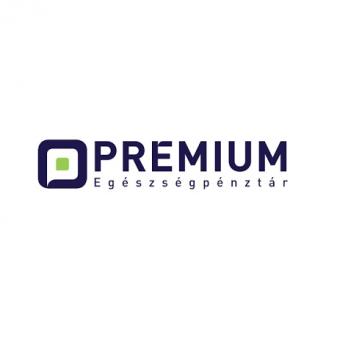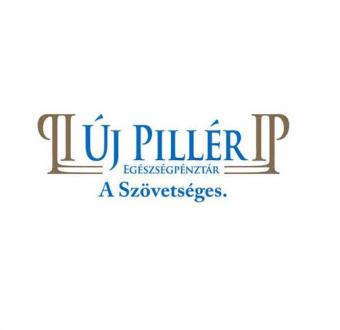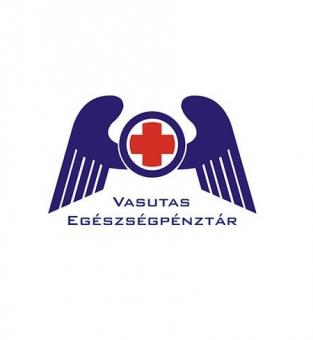Dental Diagnostics
Dental diagnostics play a crucial role in modern dental care, representing the first and most important step in any dental treatment process. Without thorough diagnostics, it is not possible to effectively treat oral diseases or timely identify conditions that could lead to serious complications later.
Fundamental Importance
Dental diagnostics fundamentally contribute to the maintenance of oral health and the prevention of diseases. A thorough and precise diagnostic process allows dentists to identify dental decay, gum diseases, and tooth and jawbone issues in their early stages. As a result, treatments can be much more targeted and effective while minimizing the need for invasive procedures.
Importance of Regular Exams
Regular dental exams are essential to detect potential problems early before they develop into more serious health conditions. Biannual dental screening exams help monitor the condition of teeth and gums and identify potential risk factors like plaque buildup or tartar formation, which can lead to serious gum diseases and other periodontal diseases.
Dental Diagnostic Process
The dental diagnostic process is vital for maintaining oral health and effectively treating dental diseases. This process ensures that the dentist thoroughly assesses the patient's oral health, identifies problems, and creates a personalized treatment plan.
Oral Physical Examination
Visual Inspection: The dentist thoroughly examines the teeth and oral cavity, identifying visible problems such as tooth decay, gum inflammation, or other oral lesions.
Palpation and Percussion: This technique helps discover sensitive areas and problems not visible through mere inspection, such as hidden cracks or deeper lesions.
Instrumental Diagnostics
X-ray Examination: Both intraoral (inside the mouth) and extraoral (outside the mouth) X-rays provide the dentist with detailed images of the teeth and bone condition. These images are crucial for identifying invisible issues like root inflammation or bone loss.
CT Scan: Modern three-dimensional imaging from CT scans allows for precise examination of the oral cavity and facial complex, which is crucial for planning complex dental procedures like implant placement or complicated root canal treatments.
Treatment Plan and Cost Estimation
Based on the information gathered during the diagnostic process, the dentist develops a personalized treatment plan that includes recommended procedures, their process, and costs. This plan helps patients understand the treatment process and prepare for expected expenses.
Diagnostic Tools
X-ray: Dental X-rays are fundamental tools in diagnostics, allowing the discovery of hidden lesions. Intraoral X-rays show small areas in detail, while extraoral X-rays, like panoramic X-rays, provide a comprehensive view of the entire jaw and dental arch, offering an overall picture.
CT Equipment: CT machines produce high-resolution images that enable dentists to precisely determine the anatomical features of the treatment area, thus applying the best treatment strategy.
Modern dental diagnostic tools, such as low-radiation X-rays and detailed CT equipment, enable dental treatments to be safe and minimally invasive, supporting patients' quick and effective healing.
Dental Focus Investigation
Dental focus investigation is a specialized diagnostic process aimed at identifying and treating hidden inflammations in the mouth that can cause or exacerbate diseases in other organs. If you have been struggling with chronic inflammations or recurring health problems, identifying and treating dental foci might be important.
What is Dental Focus Investigation and Why is it Important?
A dental focus is a chronic, often asymptomatic, inflammatory condition in the teeth or surrounding tissues that can cause diseases in distant organs. Such foci may include root-canaled teeth, dead teeth, chronic periapical inflammations, or sites of poorly performed dental procedures.
If you have been suffering from chronic inflammations and suspect that the source might be an oral problem, do not hesitate to contact us. Our teams are ready to help identify and treat dental foci, improving your quality of life and overall health.
Do not wait for symptoms to worsen. Book an appointment today for focus investigation and take steps to preserve your long-term health. Contact us, and let's start the journey to healing together!
